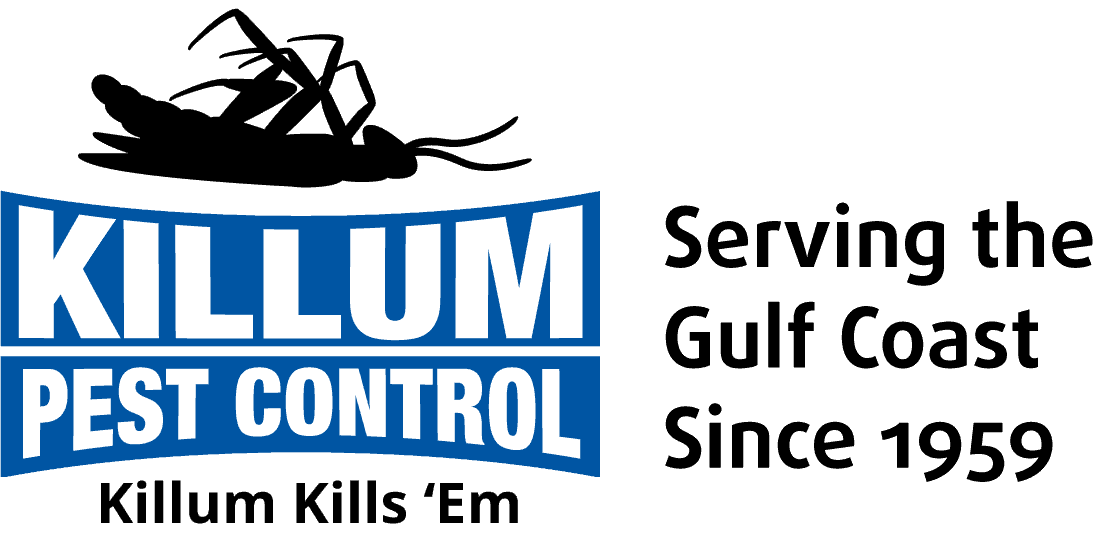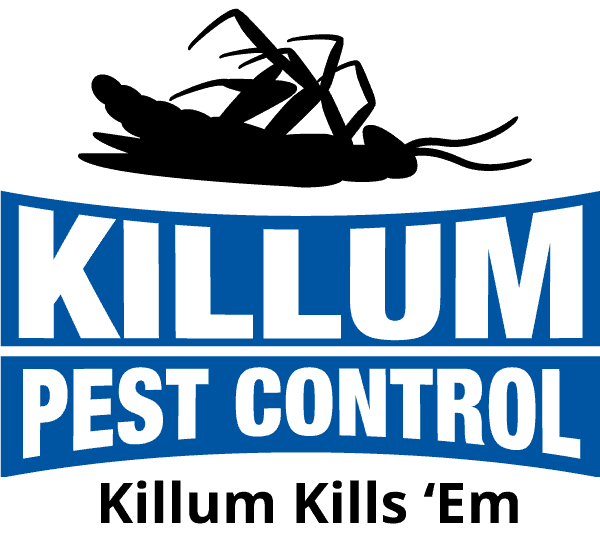Having a beautiful and functional outdoor space is a goal for many Texas homeowners. However, even the most well-maintained landscapes can inadvertently attract pests, leading to uncomfortable outdoor conditions and potential damage to your property. Understanding the right landscaping practices for your Texas property can not only enhance your home’s curb appeal, but also serve as a strategic line of defense against unwanted visitors by creating an environment inhospitable to common pests.
In this article, we will delve into the world of pest-resistant landscaping, focusing on practical strategies and techniques suitable for Texas homeowners. By putting these practices into action, you can cultivate a low-maintenance, eco-friendly landscape that not only looks attractive but also deters an array of pests like rodents, insects, and garden invaders.
1. Plant Selection: Native Flora and Pest-Deterring Properties
The cornerstone of pest-resistant landscaping is selecting the right plants. Native species, being well-adapted to the local climate, are generally more resistant to pests and diseases. Additionally, certain plants possess pest-deterring properties that can discourage insects, rodents, and other nuisances. Consider the following tips when selecting plants for your Texas property:
– Choose Native Plants: Opt for Texas-native plants that have evolved to thrive in the local environment and support indigenous wildlife. Native plants often require less maintenance and provide more natural defenses against pests and diseases.
– Mix Plant Types: Incorporate a diverse range of annuals, perennials, shrubs, and trees in your landscape to create a more balanced and resilient ecosystem that supports beneficial insects and wards off pests.
– Pest-Repelling Flora: Some plants naturally deter pests with their fragrance or presence, such as lavender, marigolds, or chrysanthemums. Incorporate these strategically throughout your landscape for added pest control benefits.
2. Landscape Design/Layout: Principles for Pest Prevention
A well-designed landscape can serve as a powerful tool to deter pests and minimize maintenance. Consider these principles when designing or refining your outdoor space:
– Avoid Dense Plantings: Dense, heavily-shaded plantings can create a thriving environment for pests. Ensure there is sufficient sunlight and airflow between plants to discourage pest problems.
– Proper Spacing: Observe recommended spacing guidelines for each plant species to support strong root systems and optimal growth. Crowded plants can experience stress, which makes them more susceptible to pests and diseases.
– Hardscape Features: Incorporate hardscape elements like rocks, gravel, walkways, or patios to create barriers that limit pest habitats. These features can also enhance your property’s aesthetics and functionality.
3. Maintenance Techniques: Sustainable Practices for Minimizing Pests
Proper landscape maintenance plays a vital role in keeping pests at bay. Adopt sustainable, eco-friendly practices that can enhance your property’s natural pest resistance:
– Watering: Overwatering can encourage fungal growth, while underwatering can stress plants and make them more vulnerable to pests. Water at the appropriate times and quantities according to the specific needs of each plant and the local climate.
– Pruning: Regular and proper pruning helps maintain plant health and prevents the buildup of pests and diseases. Remove any dead, damaged, or diseased branches, foliage, or plants promptly to minimize pest habitat.
– Mulching: Use organic mulches to suppress weeds and retain soil moisture. However, be cautious not to create an overly damp environment that can favor pests and pathogens. Maintain an appropriate depth and apply the mulch at a safe distance from plant stems and structures.
– Lawn Care: Keep your lawn well-groomed and at the recommended height to reduce insect habitats and discourage rodent nesting. Aerate and dethatch as needed to promote strong root systems and a healthy lawn.
4. Attracting Beneficial Insects: Allies in the Fight Against Pests
Attracting beneficial insects to your garden is an essential aspect of pest-resistant landscaping. These insects can help reduce the need for chemical interventions while promoting biodiversity:
– Plant Habitat-Enhancing Flora: Select plants that attract pollinators and predatory insects like ladybugs, lacewings, or parasitic wasps. Consider planting insectary plants, like cilantro, dill, or cosmos, which provide nectar, pollen, and habitat for beneficial insects.
– Provide Shelter: Offer a diverse range of habitats within your landscape by incorporating features like insect hotels, rock piles, or brush piles. These can help support a wide variety of insects, promoting a balanced ecosystem that naturally deters pests.
– Avoid Broad-Spectrum Pesticides: Refrain from using chemical pesticides that indiscriminately kill both pests and beneficial insects. Doing so can lead to further imbalances in your landscape, and in some cases, exacerbate pest problems.
Conclusion:
Pest-resistant landscaping is a powerful tool for Texas homeowners looking to protect their property from unwanted visitors while cultivating a beautiful and functional outdoor space. By emphasizing native plant selections, effective landscape design, sustainable maintenance techniques, and the attraction of beneficial insects, you can create an outdoor environment that not only thrives but naturally deters pests.
Take advantage of expert Texas pest control services offered by Killum Pest Control, Inc. to implement pest-resistant landscaping practices on your Texas property. Contact us today to develop a bespoke landscaping plan that combines aesthetics, functionality, and effective pest prevention, creating a more enjoyable and sustainable outdoor space for you and your family.





